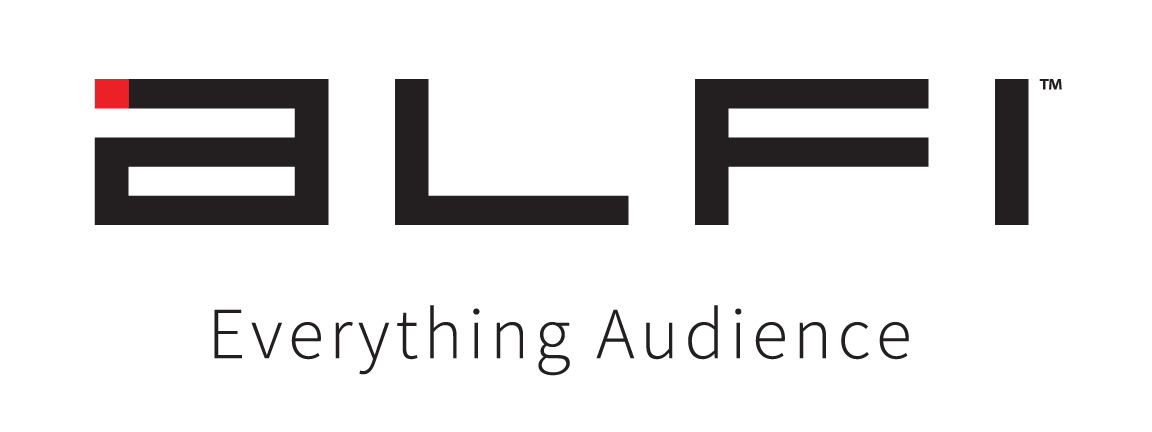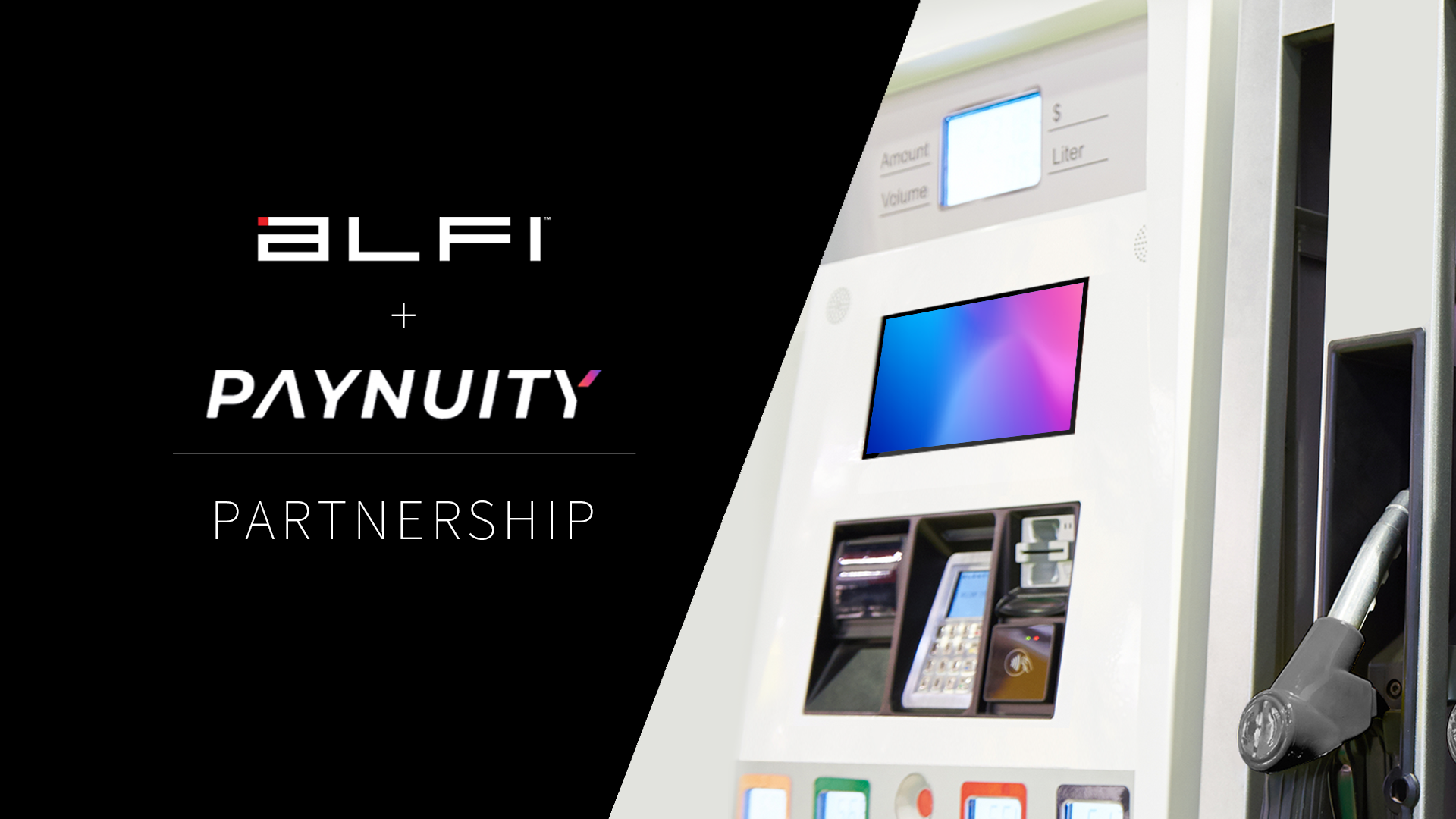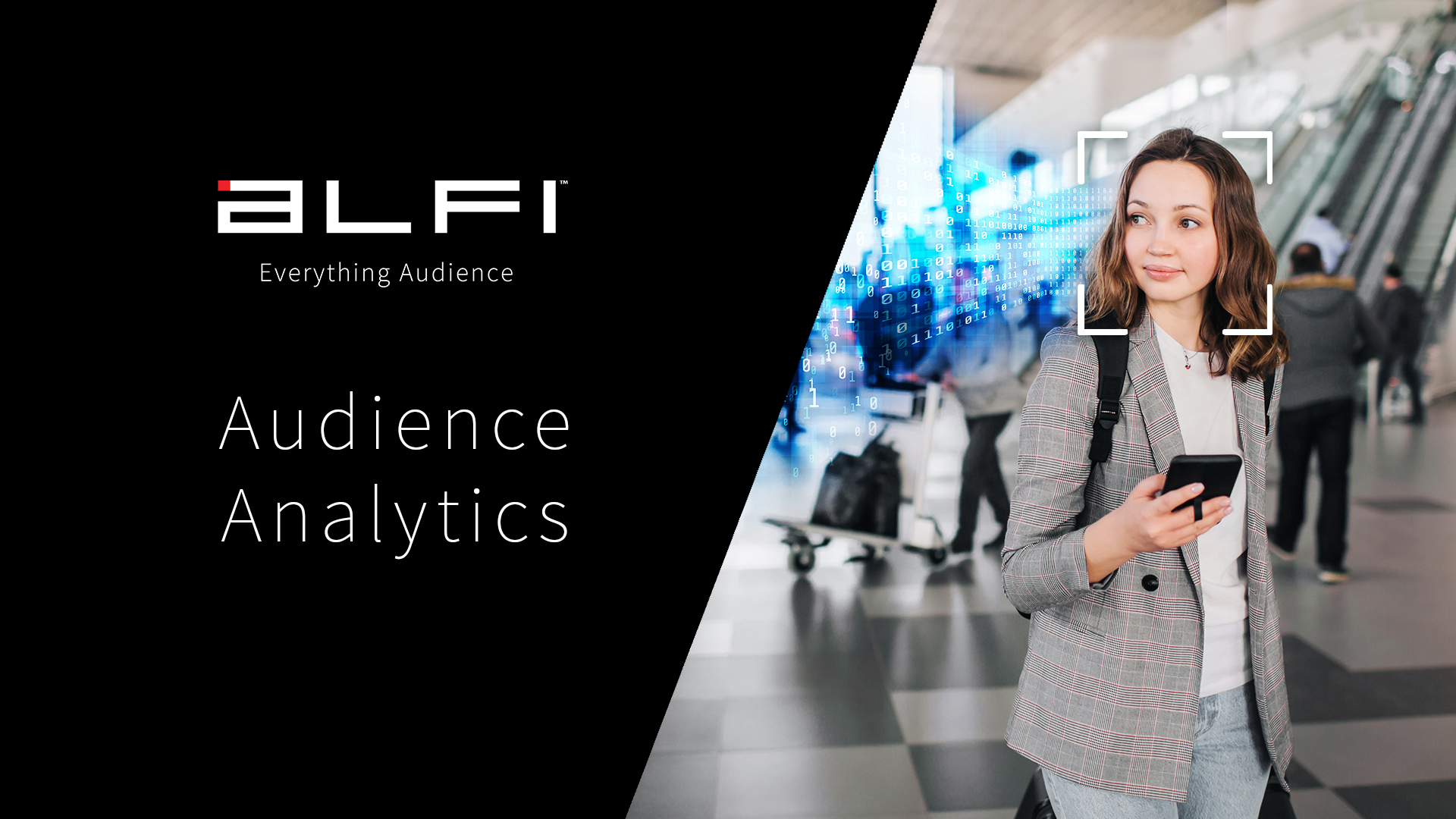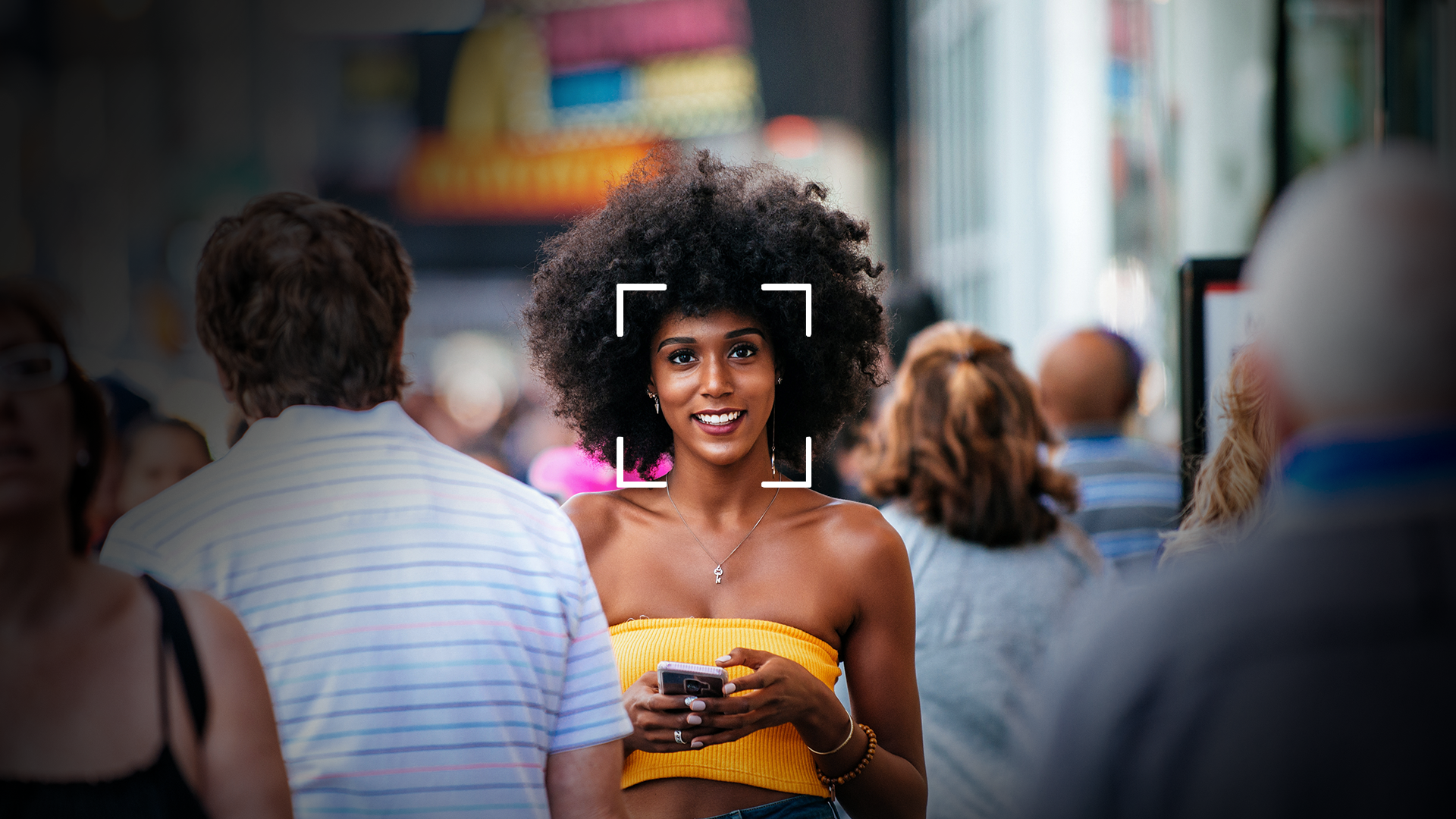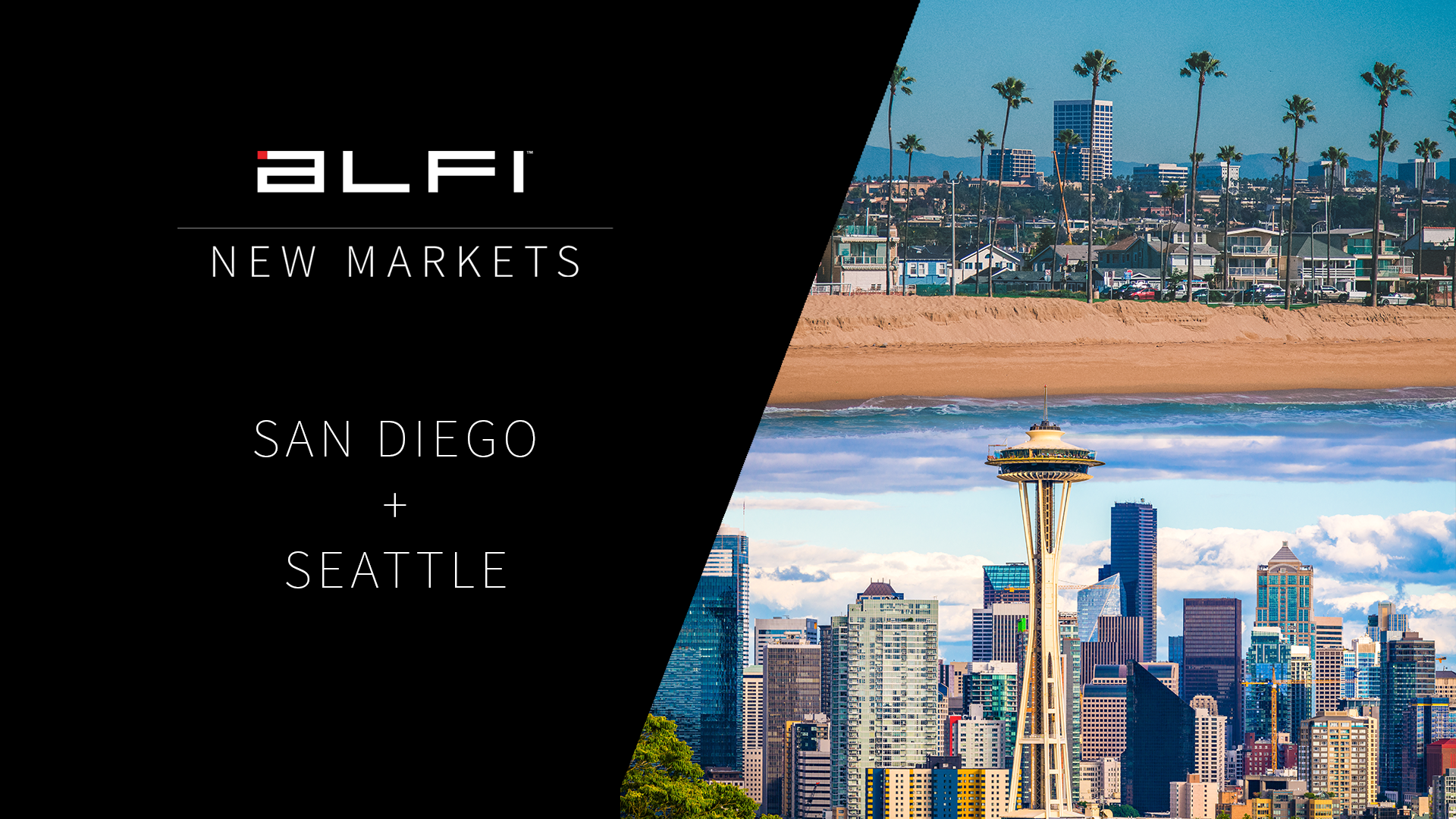By the end of 2019, US out-of-home (OOH) revenues hit a new high of $8.6 billion.
Its growth rate of 7.5% year-over-year is a substantial leap compared to those of previous years (1.2% in 2017 and 4.5% in 2018).
There is no doubt that digital-out-of-home (DOOH)—especially programmatic DOOH—is a crucial player driving this growth.
Consumers are bombarded with advertisements every day, and we’ve become good at ignoring them. When watching TV, we often do something else or stop paying attention during commercial breaks. We scroll past banner ads and ignore sidebars—looking to the center of the page.
This failure to interact with traditional advertising is called advertising blindness. With programmatic DOOH, you can reach customers with few distractions.
Outside of the home, people are more alert and curious. They continually scan their environment for something new and exciting. Digital displays are great at capturing their attention.
If you’re looking to combat ad blindness, and introduce programmatic DOOH into your advertising campaigns, keep reading to learn more.
The Power of OOH Advertising
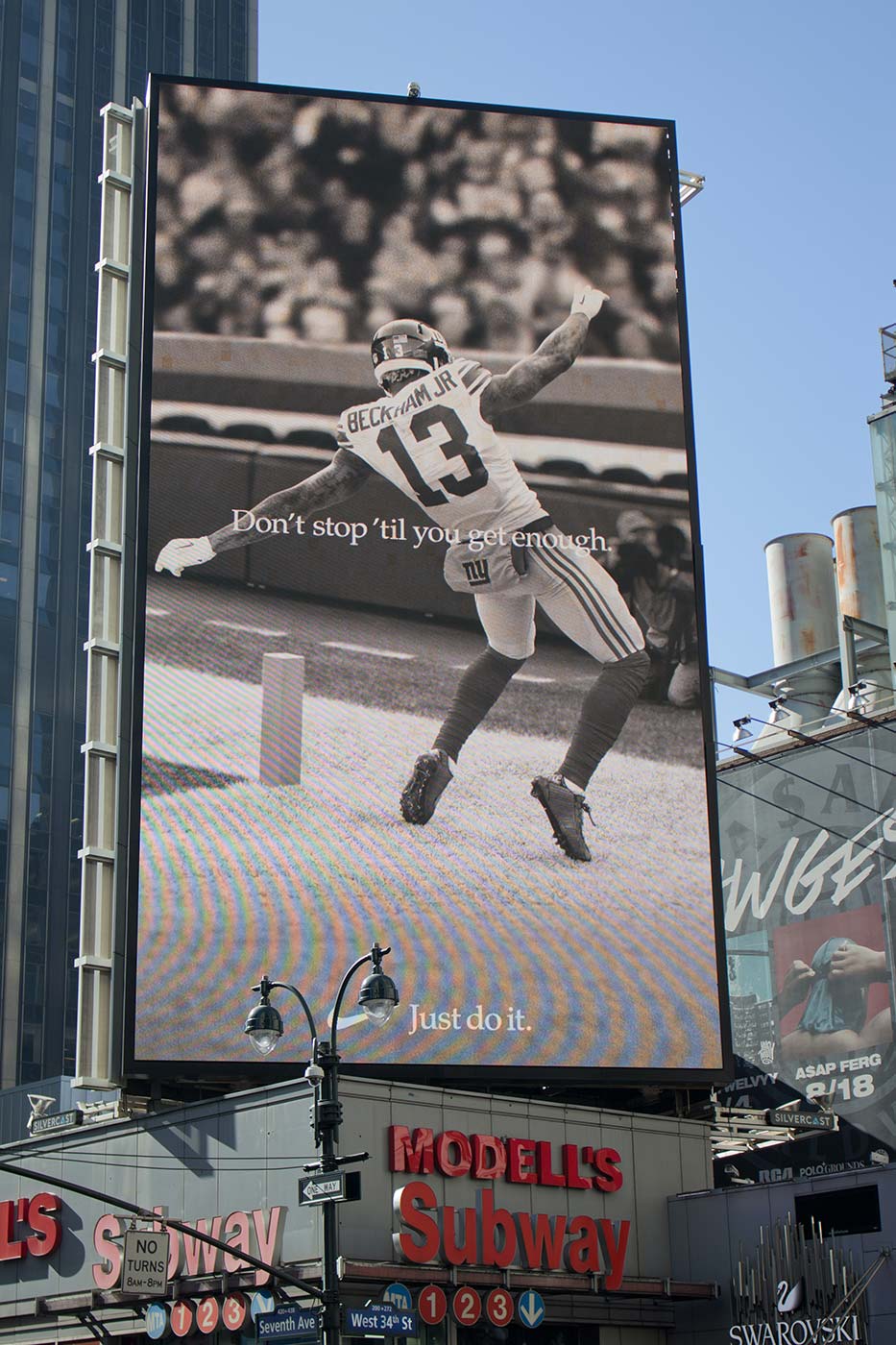
Over the last ten years, OOH is the only traditional advertising division to see steady growth. This growth is primarily due to the implementation of DOOH.
Today’s OOH advertisement isn’t just an outdoor ad space. It’s also not a video display with revolving, static ad content.
DOOH adds an engaging display into the mix, which encourages users to interact with brands and make purchases. It’s most powerful when intermixed with other forms of advertising.
When consumers see online communication after viewing DOOH, their responses are 48% higher than when they view TV first.
What Is DOOH?
OOH is any form of advertising that reaches an audience outside of their home, in a public place. Most commonly, it occurs through billboards, transit ads, and street furniture.
Digital out-of-home advertising builds on OOH by adding a dynamic, digital-based display. It is a digital advertisement in public places.
To see the best example of DOOH in action, visit Times Square, and it’s enormous 24-hour digital billboards. However, digital billboards and signage (DBB) only make up a minute portion of the available DOOH ad space.
The most considerable portion of advertising space belongs to digital place-based networks (DPN).
Gas stations are one of the most desired DOOH locations. The small televisions embedded in gas pumps that air local weather, news, and special interest stories are considered DPNs.
GSTV, the company that installs these TVs at pumps in 200 markets nationwide, says that 87% of their 75 million monthly viewers pay attention to the telecasts. People also recall approximately twice what traditional TV gets from its viewers. People can step out of their living rooms when commercials come on in their homes, but they’re unlikely to step away from a pump while fueling.
And this only represents a small fraction of DOOH mediums. You’ll find DPNs in numerous public spaces, including digitized taxi and public transportation advertising space, street kiosks, and more.
What About Programmatic DOOH?
When we talk about programmatic DOOH, we’re referring to the automated buying, selling, and delivery of DOOH advertising space.
By using programmatic DOOH, the sale and delivery of ad content are automated, as with most online advertising. Programmatic transactions allow buyers to set specific conditions that will trigger the purchase of a DOOH advertising slot when met.
There is an unlimited number of data options that can be used to automatically purchase content, such as having different creative deployed based on the time of day.
You can also use data such as daily market performance, the weather, or live results of an ongoing sporting event—or utilize live audience data to set in motion content ideal for the majority of people at a specific location.
Programmatic DOOH allows you to create creative and memorable ad campaigns and ensures that your ads are seen by your target audience at the most appropriate times.
Benefits of Programmatic DOOH Advertising
Advances in technology are often the main reason for growth within a specific industry, which is positively the case with DOOH and programmatic buying.
Digital displays and signs are more affordable than ever, so they’re beginning to replace traditional static displays typically found in shopping malls, restaurants, airports, retail stores, bus stations, and other public places.
DOOH also delivers buyers with scale—something that traditional OOH never could. Rather than displaying the same advertisement on a single billboard, advertisers can now show multiple ads across numerous digital displays. There are thousands of opportunities to display content in the same period.
Use Data Smartly
We’ve only just begun to explore the full potential of how data can be leveraged to build and target audiences. Through data analysis, you can now discover the places your audience frequently visits. This analysis allows you to understand the movement patterns of your consumers.
By using programmatic DOOH, you can trigger content in the places where your audience is most likely to be at certain times of the day.
You can strengthen your brand’s messaging by engaging with your consumers in contextual environments, such as in the gym, at the mall, or in the elevators where they work.
Amplify Your Message
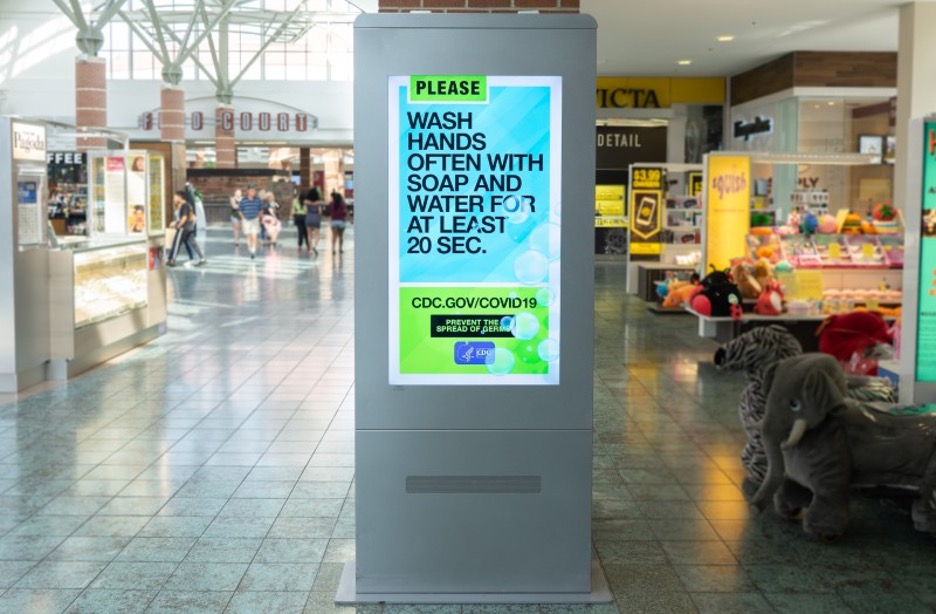
As your audience is exposed to DOOH at multiple touchpoints surrounding their daily routines, you can amplify your brand message. Even better, you can engage consumers as they’re on the path to purchase—on public transportation boards or street signage—and at the point-of-purchase—in grocery stores, malls, and other locations.
Using contextual environments and repeated exposure can increase your brand awareness, purchase intent, consideration, foot traffic, and sales.
Install Media When and Where You Need It
If you’re waiting to activate your OOH campaign, but don’t have time to wait on design, banner specs, printing, and installation consider DOOH instead.
With DOOH, you can activate media whenever and wherever with the help of data and new technology. DOOH can deliver if you need to react to breaking news or launch an ad campaign on short notice.
Deliver High-Impact Creative
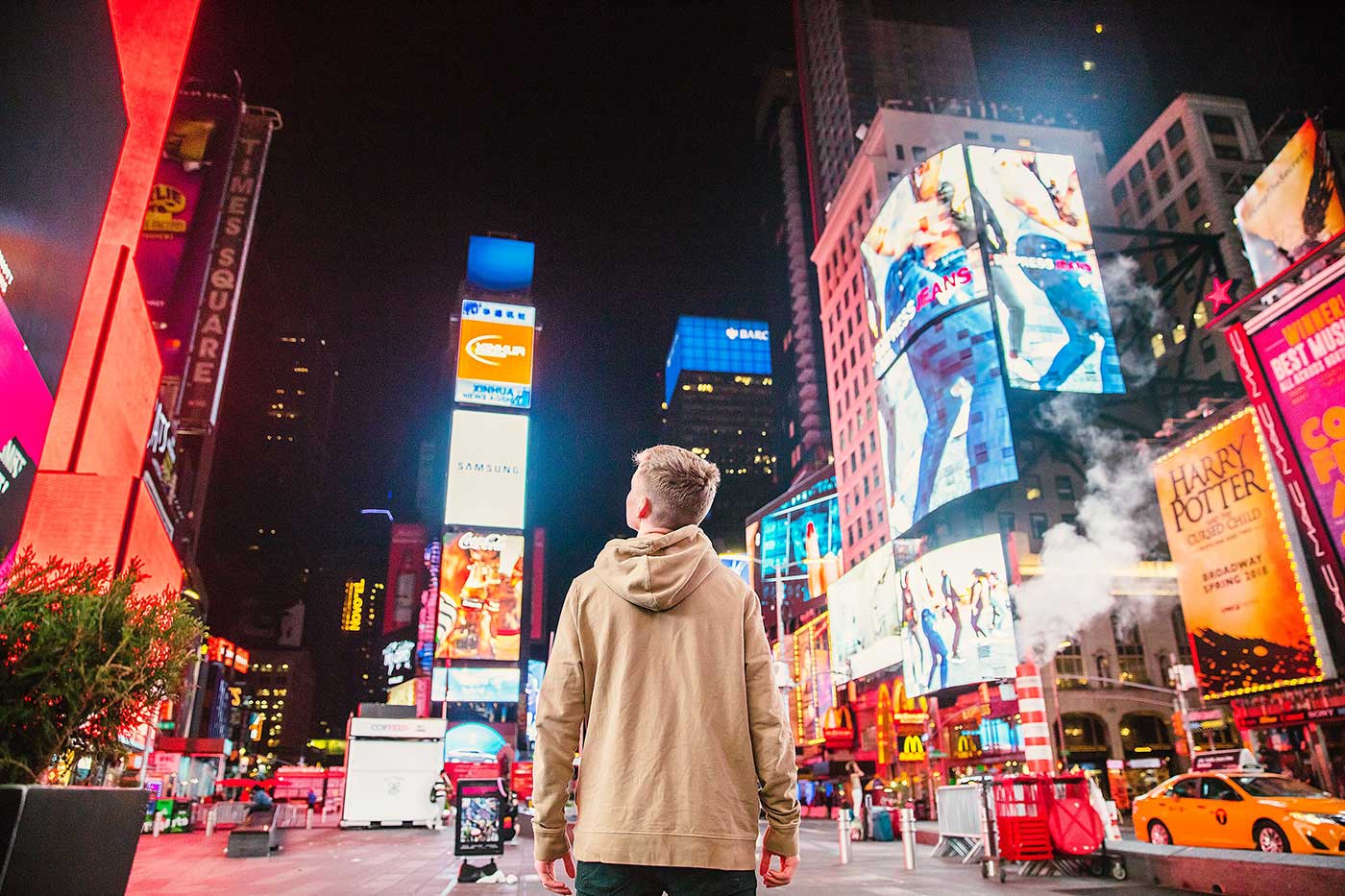
The creative potential is limitless with digital-out-of-home advertising.
You can activate media in high-impact formats that are sure to earn the attention of passing consumers. Large format screens and displays that seamlessly integrate into real-world environments offer powerful ways to reach consumers.
No matter your advertising goals, DOOH is a powerful tool that is continually evolving, pushing it to the forefront of advertising.
Types of DOOH Advertising
Each type of programmatic buy presents advantages and disadvantages. Here, we’ll discuss three options so you can decide which will enable you to reap the most benefits.
Open Real-Time Bidding
Open real-time bidding refers to a programmatic transaction wherein an available ad slot is offered to a collection of buyers who automatically place bids in line with how much the ad slot is worth to them.
The system assigns the slot to the best bid within an instant. The transaction is complete, and the ad is delivered to the buyer.
Open real-time bidding is the most understood type of transaction, and it’s likely the most accessible. Anyone can place a big without an existing working relationship with the media owner. However, there is a reasonable amount of competition, as DOOH network owners usually only leave open a portion of their available ad space to programmatic buyers.
Private Deal Bidding
Also known as real-time bidding (RTB), private deal bidding offers exclusive access to programmatic inventory to a group of buyers.
This exclusive access is typically given to buyers with whom the media owner has a longstanding relationship with.
In an RTB bidding scenario, the owner will present select pieces of inventory to their choice of buyers and give them the first opportunity to buy. If the selected buyers don’t purchase the inventory, the media owner will often make it available in an open real-time bidding setting.
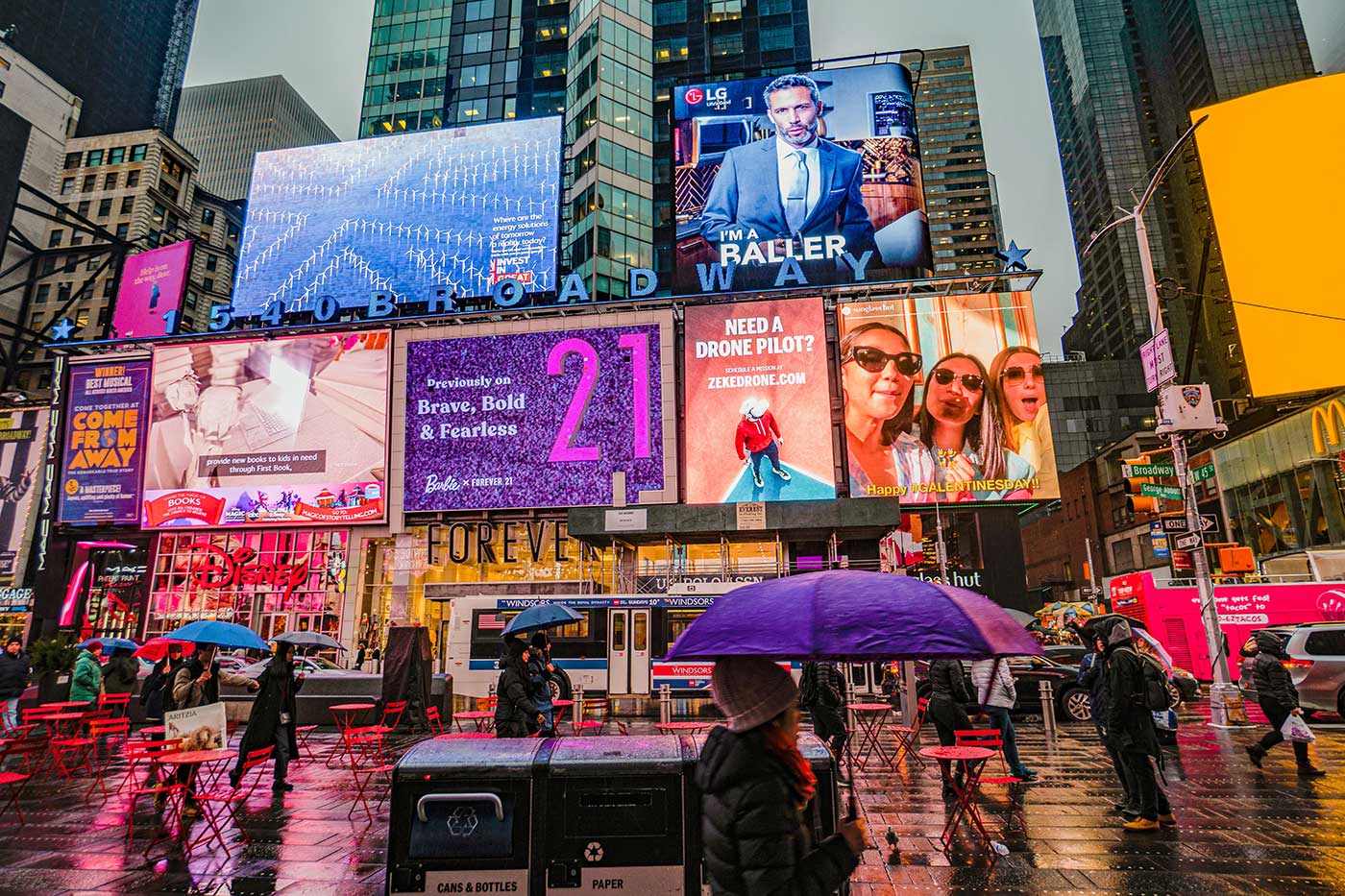
Programmatic Guaranteed
When a media owner and buyer have an agreement, this becomes a guaranteed programmatic deal. The buyer will buy any ad slot offered by the owner that meets their criteria.
For people who like to get things done programmatically, this agreement is similar to a direct sale. If you’re experimenting with programmatic DOOH advertising, you’ll likely start your journey with regular open real-time bidding.
Once you are more comfortable with the medium, you can begin exploring other options to cultivate your buys and the results they produce.
Creating a Successful DOOH Programmatic Buying Campaign
If you’re ready to boost your existing advertising efforts with DOOH, there are some necessary steps and checks you must know to make the process easier.
Programmatic DOOH can add value to your campaigns, and if you want to try it out, you should experiment first with a small budget before rolling out an entire strategy.
At the end of the day, a DOOH screen is just like any other screen. Interactive, video, and dynamic content is played on displays around the world. All of this is to say that existing content can be adapted and refined to suit a DOOH display.
If you’re looking to get started quickly, consider reformatting some of your existing visuals from your other campaigns for your test run. You can provide good-looking creative right off of the bat—without having to start from scratch.
Choose a Platform
First, choose a DOOH supply-side platform (SSP) to launch your DOOH strategy. They should be knowledgable about display venues and the type of audience they attract.
It’s essential that your demand-side platform (DSP) understands the intricacies of DOOH and can integrate with a knowledgable SSP.
Programmatic allows you to buy across multiple networks at the same time. It’s more efficient to build a programmatic DOOH campaign by targeting screens across a variety of systems than it is to reach out to coordinate buys separately.
Determine Your Objectives
Before you start, it’s vital to determine the ultimate end goal for your DOOH campaign.
Is your goal to increase brand awareness, share a special promotion, increase sales, or something else? Know what success looks like for your brand before you begin.
Here are a few questions to ask your team that will guide your overall objectives:
- Target audience: Who are you marketing to?
- Campaign duration: How long will your campaign run?
- Campaign KPIs: Which KPIs will you use to measure your campaign’s success?
- Budget: How much do you want to spend on the entire project?
- Dayparting: What specific days and times of the day do you want your ad to start and stop running?
- Venue location and type: Where would you like your DOOH to display? Does your ad platform assist in navigating different protocols that specific venues may have in place?
Creative Specs
Next, you’ll need to get your creative in order. As you reformat or design new creative, consider the following:
- Ad formats: Will your ad be moving or static? Are there any restrictions enforced by your chosen venues?
- Digital screen type: Do you know the resolution and screen orientation of the digital display that will show your ad?
- Audio: Will there be audio associated with your ad?
The Future of Programmatic DOOH Is Now
Ad blockers, enhanced web-privacy features, and advertising blindness has buyers scrambling for ways to get their message out to the masses.
As more brands struggle with how to engage customers with advertising, many will look for alternatives to traditional methods. DOOH, combined with your existing advertising efforts, is a good option.
It’s vital that advertisers reach their target audience while they’re online, but also while offline and out-of-home. By adding DOOH to your online and mobile campaigns, you’ll gain the ability to engage with consumers throughout their day, creating a long-lasting brand experience.
Alfi helps companies with brand message distribution with increased ROI, data reporting, advanced accuracy, and ad performance insights.
When you’re ready to experiment with programmatic DOOH, take it to the next level with intelligent, compliant data. Contact us to talk with a representative about how Alfi can transform your brand’s digital OOH experiences.

